Primary Tooth Extractions Post-Op
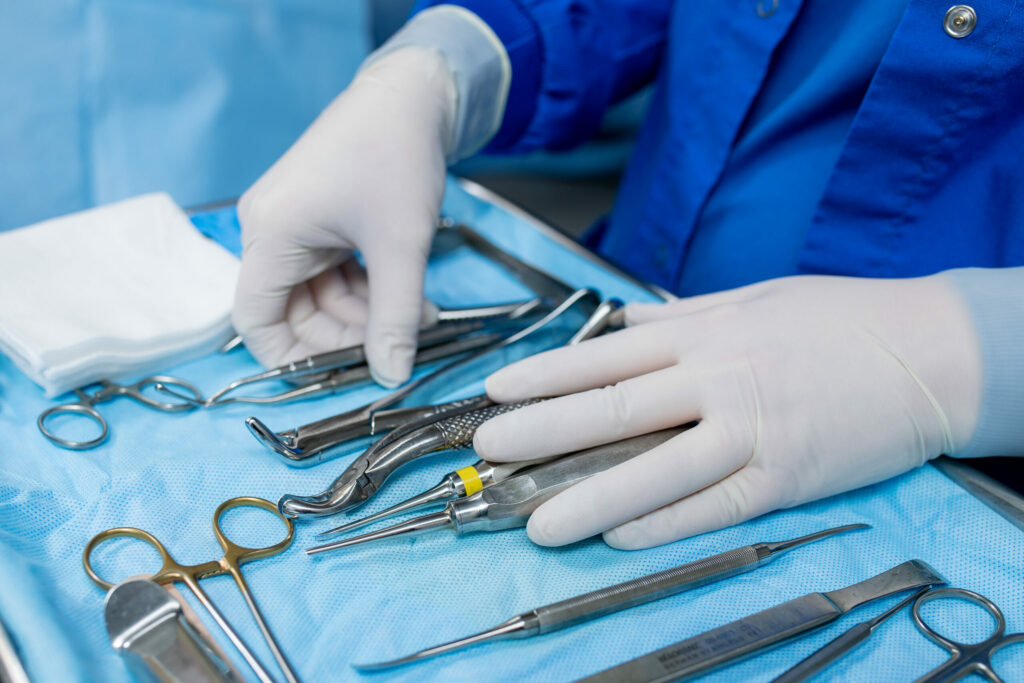
Oral Hygiene
The best way to prevent infection and ensure healing is to keep your mouth clean. Clean your mouth thoroughly after each meal beginning the day after surgery. Use a soft bristle toothbrush and toothpaste after meals and at bedtime. Should bleeding resume after brushing, repeat the use of gauze as described above. Do not rinse your mouth the day of surgery.
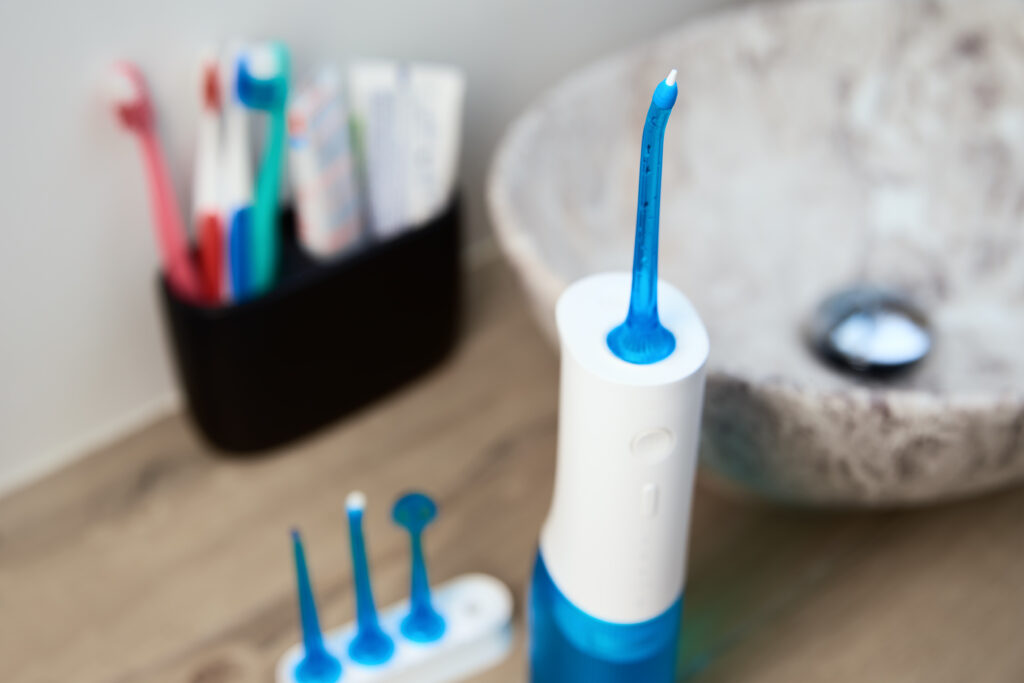
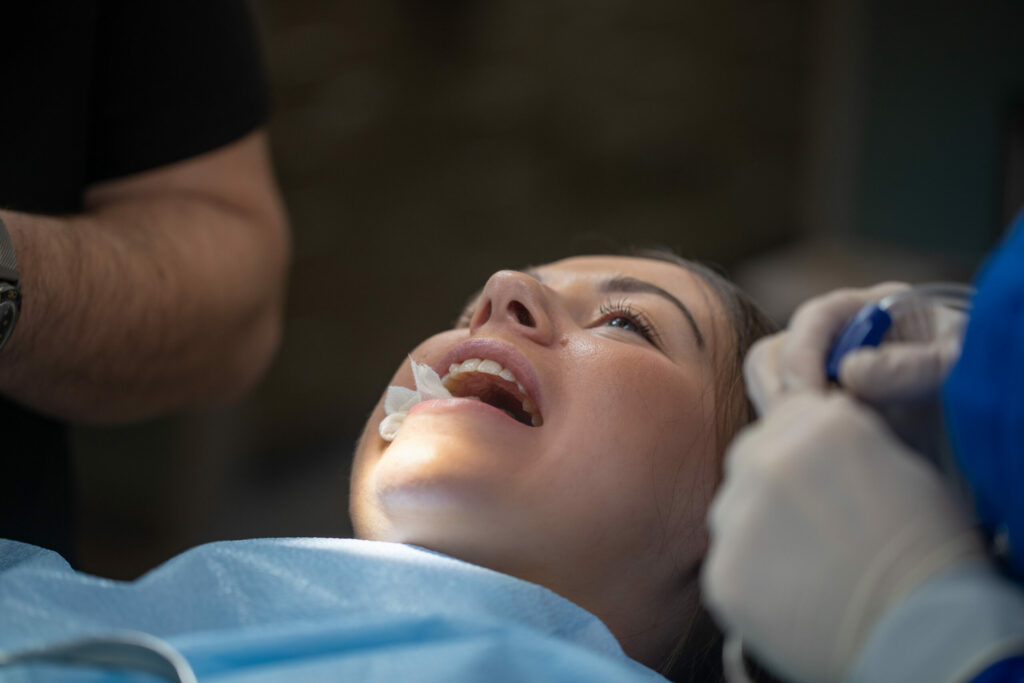
Bleeding
Bleeding after surgery may continue for several hours. The best way to stop bleeding is to place a folded, damp gauze over the extraction site and gently bite for 30-60 minutes. Rest quietly with your head elevated. If bleeding continues, use gauze for an additional 30 minutes. Bleeding should always be evaluated by looking directly at the surgical site. Pink or blood-tinged saliva may be seen for 2-3 days following the surgery and does not indicate a problem.
Swelling
Swelling is the body’s normal reaction to surgery and healing. Swelling may not become apparent until the day following surgery and may not reach its peak for 2-3 days.
Swelling may be minimized by the immediate use of ice packs. Apply the ice packs to the outside of the face 20 minutes on and then 20 minutes off while awake for the first 24 hours. After 48 hours, begin use of a warm, moist compress to the cheek.
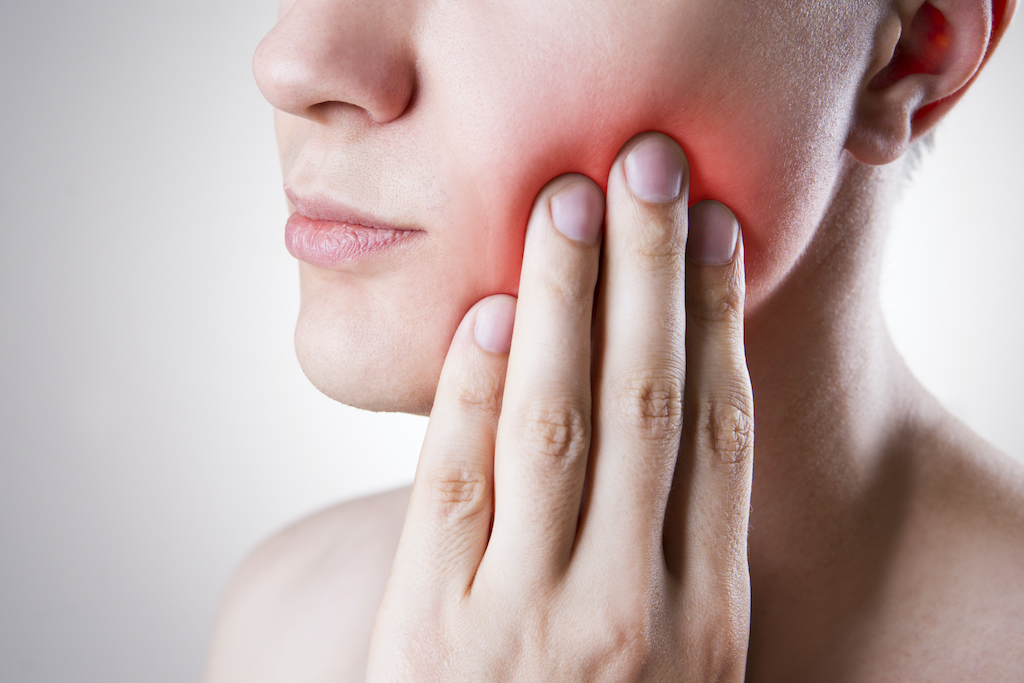
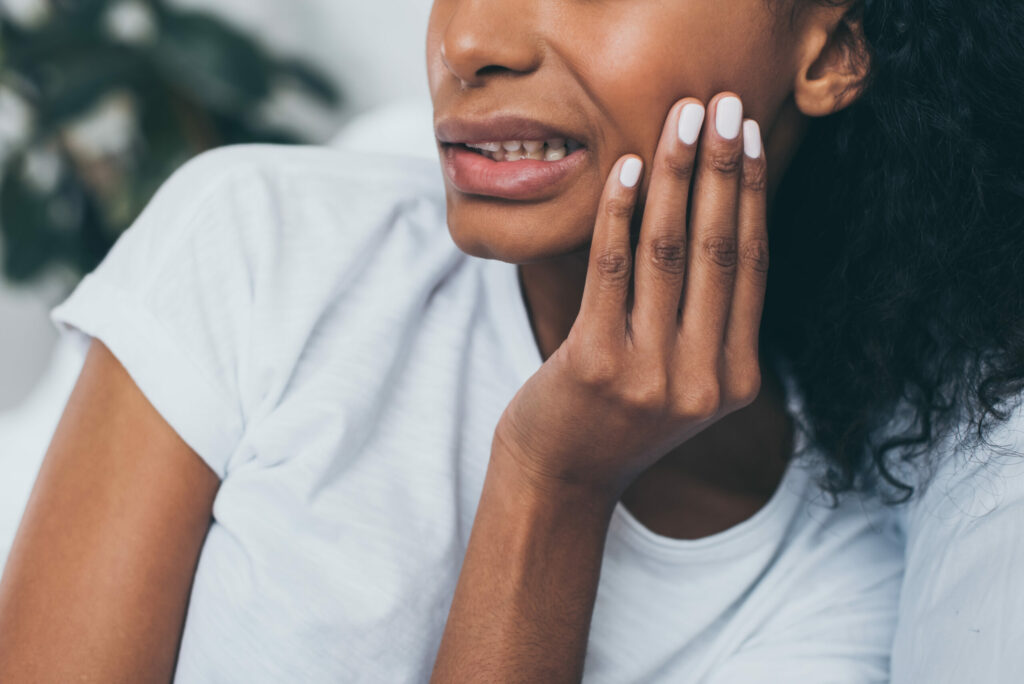
Pain
Unfortunately, most oral surgery is accompanied by some degree of discomfort. If you do not have an allergy to non-steroidal anti-inflammatory medications like Ibuprofen (Motrin, Advil) we recommend taking this prior to the local anesthetic wearing off. Take Ibuprofen and the pain medication if pain is severe together every 4-6 hours. If the discomfort is tolerable, you may take Ibuprofen and Tylenol together for the first 24 hours (Ibuprofen dosage may vary for younger patients. Please reference the bottle for appropriate dosage based on height and weight). The prescribed pain medication will make you drowsy. All medications should not exceed the recommended dosage.
To help prevent discomfort at the extraction sites, avoid vigorous rinsing, sucking on the wound, spitting, using a straw, and exercising for one day after procedure.
Activity
For the first 12 to 24 hours you should rest and relax with minimal activity. After first 12 to 24 hours, you may resume activity as tolerated.
Healing
Bad breath is common and will disappear as healing occurs. Two to three days following surgery, white, possible hard tissue may be seen in the surgical site. This signifies normal, healing tissue. Complete healing of the extraction site may take several weeks.

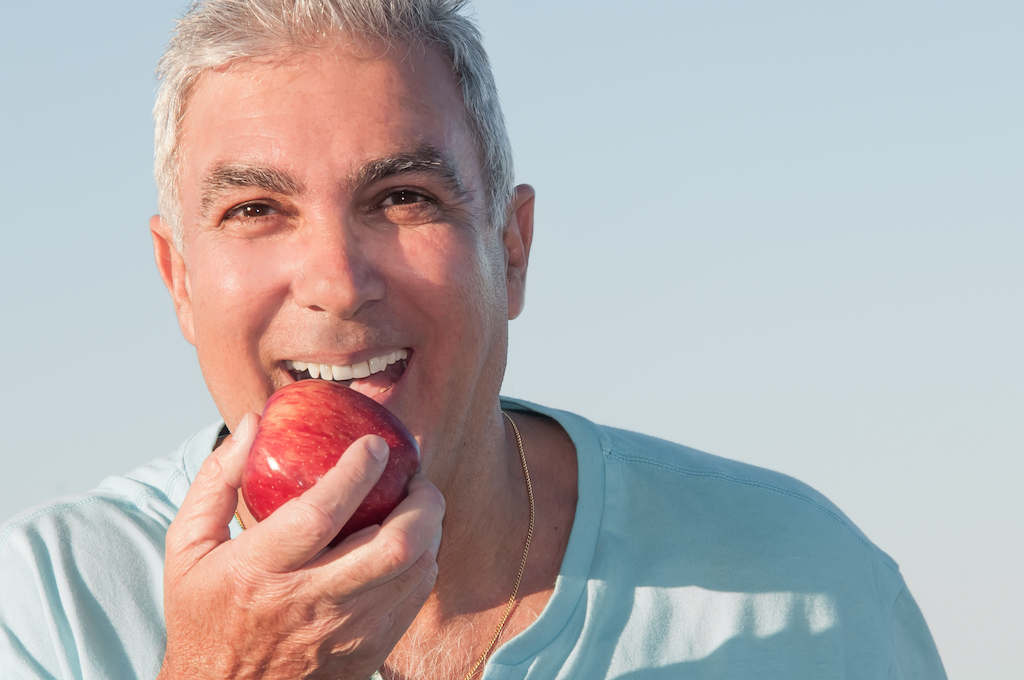
Diet
After General anesthetic or I.V. sedation, start with liquids. While numb, patients should avoid hot liquids or foods. Patients may have applesauce, pudding or jello. Once numbness wears off patients can progress to solid foods, chewing away from the surgical sites. Patients should avoid foods like nuts, sunflower seeds, popcorn, etc., which may get lodged in the socket areas.
Fainting precaution: If you suddenly sit or stand from a lying position you may become dizzy, especially if you have not eaten or have had limited fluids. Therefore, immediately following surgery, if you are lying down, make sure to sit for at least one full minute before standing.
Foods to Drink and Eat While Numb
Drink:
- Water
- Juice
- Ice Chips
- Popsicles
Eat:
- Applesauce
- Jell-O
- Pudding
- Yogurt
- Milkshake (no straw)
Soft Foods When Numbness is Gone:
- Mashed Potatoes
- Pasta
- Eggs
- Pancakes
- Creamed Cereals
- Soups (not to hot)
Sutures/Stitches
Sutures will resorb or fall out on their own. It is normal for a suture to come out on the day of surgery. If bleeding occurs because the sutures have fallen out, bite on gauze to apply pressure as described above.
Galesburg Patients – Click here to download Primary Tooth Extractions Post-Op Care Instructions
Peoria Patients – Click here to download Primary Tooth Extractions Post-Op Care Instructions
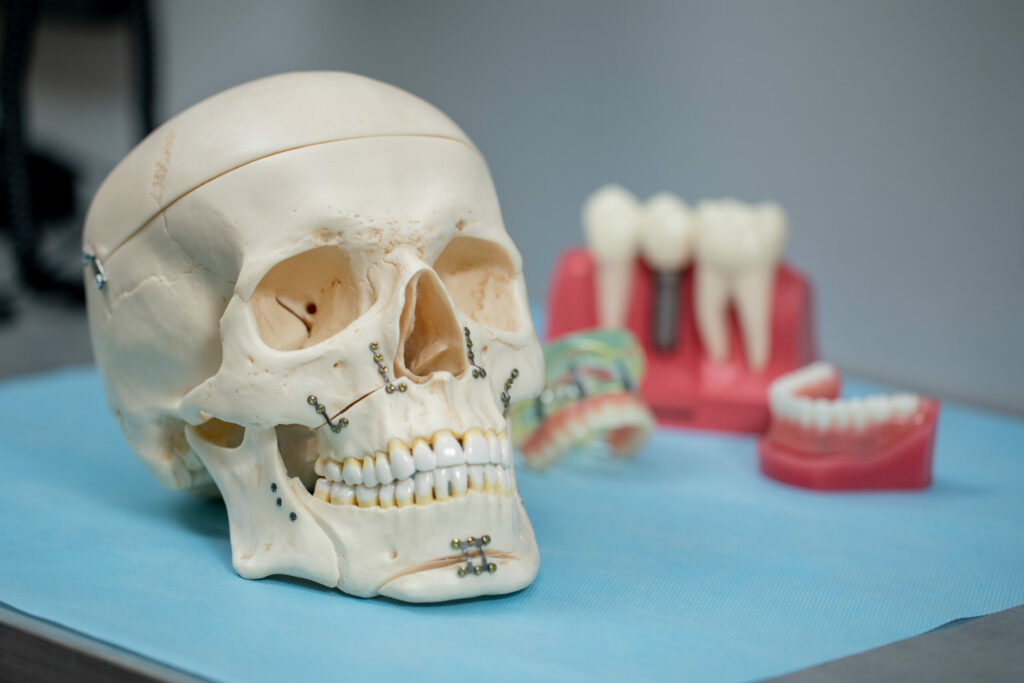
Get to know us.
At South Bend Oral Surgery Partners, we know how to help you. Our board-certified surgeon and expert staff can provide the care you need to relieve the discomfort you feel.
